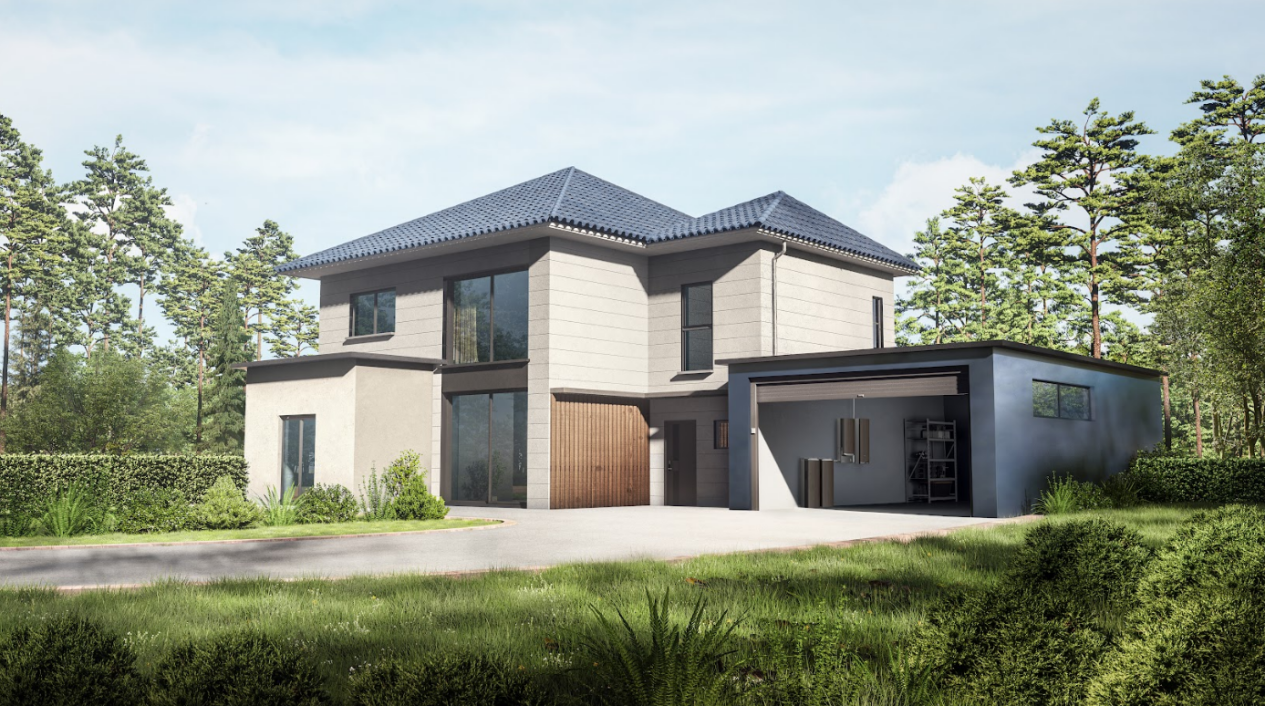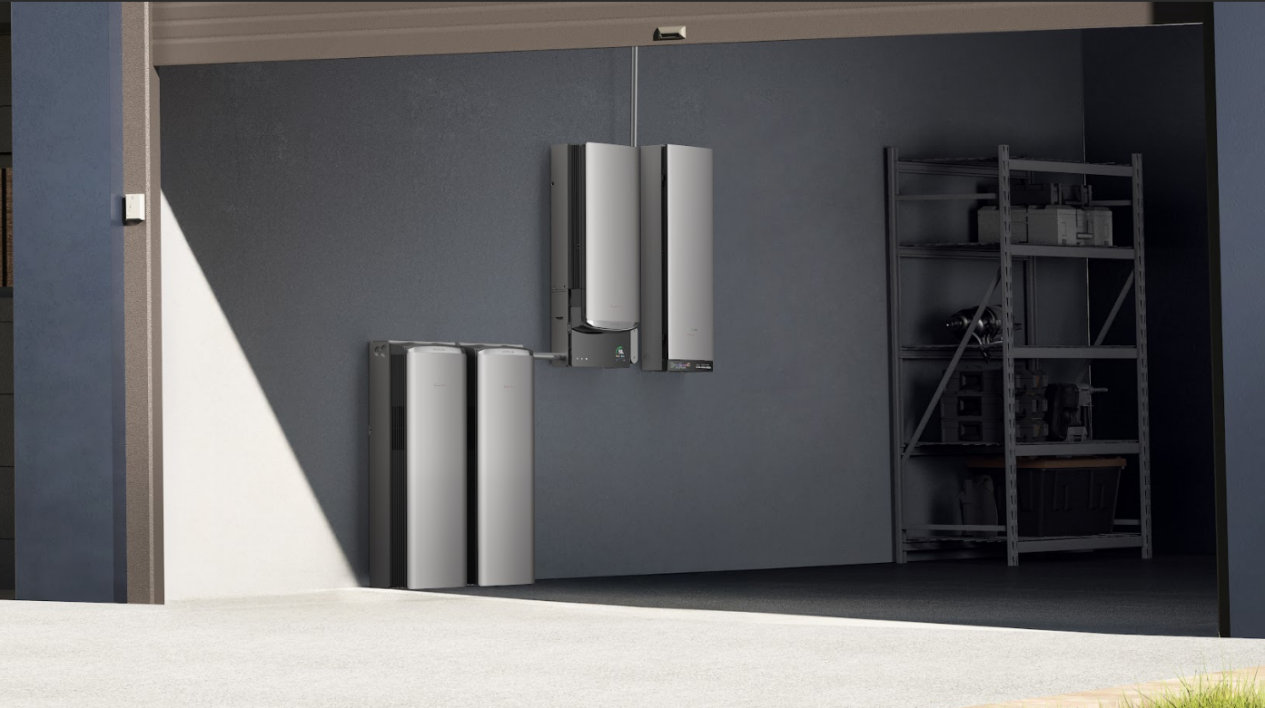All You Should Know About Lithium Ion Solar Battery
Imagine your home still having power during a storm or blackout. Lights are on. Fridge is running. Your phone is charging. This is not a dream. It is what a lithium ion solar battery can do. These batteries are strong, smart, and ready to hold solar energy until you need it.
What Is a Lithium Ion Solar Battery?
A lithium ion solar battery is a battery that stores power from solar panels. It is rechargeable and works well in home energy systems. It helps homeowners use solar power even when the sun is not shining.
How It Works
Inside the battery, there are four main parts:
Anode
Cathode
Separator
The battery stores and releases energy by moving lithium ions between the anode and cathode. This happens during each charge and discharge. The ions move through the electrolyte. The separator keeps the two sides from touching each other.
When the battery charges, solar energy pushes the lithium ions from the cathode to the anode. When the battery discharges, the ions move back and send power to your home.
Every lithium ion solar battery also has a Battery Management System (BMS). The BMS checks temperature, voltage, and current. It protects the battery and helps it work safely over many years.
Types of Lithium Ion Batteries
Different batteries use different materials. This changes their safety, life, and how much energy they hold. The most common types are:
Type | Full Name | Energy Density | Cycle Life | Safety | Main Use |
LFP | Lithium Iron Phosphate | Medium | 4,000–6,000 cycles | Very High | Home energy storage systems |
NMC | Nickel Manganese Cobalt | High | 1,000–2,000 cycles | Medium | Portable solar stations, EVs |
NCA | Nickel Cobalt Aluminum | Very High | 2,000–3,000 cycles | Medium-Low | EV battery packs, backup power |
LCO | Lithium Cobalt Oxide | High | 500–1,000 cycles | Low | Laptops and phones (not for home) |
LFP batteries are the most used in home solar systems. They last long and are very safe. They also work well in high heat, which is useful in solar setups.
Where It Is Used
Lithium ion solar batteries are used in:
Off-Grid Homes
Some homes are far from power lines. These homes use solar panels and batteries as their only energy source. During the day, the panels charge the battery. At night, the battery runs the lights, fridge, and other appliances. Without a battery, solar energy would be useless after dark.
Grid-Tied Homes with Backup
Most homes still connect to the main power grid. But the grid is not always reliable. Storms, blackouts, or grid overloads can cut the power. A lithium ion solar battery gives backup. During sunny hours, it stores energy from the panels. During an outage, it keeps the house running without fuel or noise.
Solar Farms and Microgrids
Large solar farms sometimes add battery storage. This helps control energy flow. The battery holds extra solar power during the day and releases it during peak hours or cloudy weather. In rural areas or remote islands, a microgrid with solar and batteries can power whole communities.
Commercial and Industrial Buildings
Businesses also use lithium ion solar batteries. These systems help lower power bills by avoiding high-time rates. Some factories use batteries to keep machines running during outages. Hospitals or data centers use solar plus battery to keep power steady and protect critical systems.
Portable Solar Kits and Remote Uses
Some solar kits come with small lithium ion batteries. These are used in cabins, boats, RVs, and construction sites. They help charge phones, lights, radios, and small appliances when no grid is available. For outdoor work or travel, this type of storage gives freedom.
Each of these setups shows one thing clearly:
A lithium ion solar battery turns solar energy into something you can use anytime—day or night, on-grid or off-grid.
How Lithium Ion Solar Batteries Are Different from Other Lithium Solar Batteries
Not all lithium solar batteries work the same. The lithium ion solar battery is only one type in a large family of lithium-based batteries. The difference comes from the materials used inside the battery. These materials affect how much energy the battery stores, how safe it is, how long it lasts, and how it performs in daily use.
Let’s break this down into key comparisons.


Lithium Ion vs Lithium Polymer
Lithium Polymer batteries use a solid or gel-like electrolyte. They are thinner and more flexible in shape.
Feature | Lithium Ion | Lithium Polymer |
Energy Storage | Higher | Lower |
Shape Flexibility | Rigid | Flexible |
Weight | Heavier | Lighter |
Safety | Medium | High |
Use Case | Home storage, EVs | Drones, RC models, thin devices |
Lithium polymer is often used in consumer electronics. It is not the best choice for large solar systems because of its shorter life and lower energy storage.
Lithium Ion vs Lithium Titanate (LTO)
Lithium Titanate is a special type of battery with extremely fast charge and very long life.
Feature | Lithium Ion | Lithium Titanate |
Charge Speed | Fast | Very Fast |
Cycle Life | 2,000–6,000 | Up to 15,000 |
Energy Density | High | Low |
Safety | Medium | Very High |
Cost | Lower | High |
Use Case | Homes, vehicles | Military, grid systems, buses |
LTO batteries are very safe and last long, but they are bulky and expensive. Most homes do not use them unless safety is the top concern.
Lithium Ion vs LFP (Lithium Iron Phosphate)
LFP (LiFePO₄) is a kind of lithium ion battery. It uses iron phosphate as its cathode.
Feature | Regular Lithium Ion (NMC/NCA) | LFP |
Energy Density | Higher | Lower |
Safety | Medium | Very High |
Lifespan | Medium | Very Long |
Heat Resistance | Lower | Strong |
Price | Higher | Medium |
Use Case | Portable systems, EVs | Home energy storage |
LFP is often used in home solar systems. It does not store as much energy per pound, but it is safer and lasts longer. It is also more stable in hot weather.
Summary of Key Differences
Battery Type | Safety | Energy Density | Cycle Life | Best For |
Lithium Ion | Medium | High | 2,000–6,000 | Most solar homes |
LFP | Very High | Medium | 4,000–6,000 | Long-term home storage |
LTO | Very High | Low | Up to 15,000 | Fast charge, mission-critical |
Li-Polymer | High | Low | 500–1,000 | Light gadgets, small tools |


What Are the Best Lithium Ion Solar Batteries for Home?
If your solar system powers your home every day, LFP is the best option. It has strong safety features and lasts many years.
Why choose LFP:
Works well in hot or cold weather
Can handle full cycles every day
Less risk of fire or failure
Good value for the price
Strong record in solar homes and battery rooms
A good example of this is the EcoFlow OCEAN Pro. It uses LFP battery cells and is made for full-time home use, not just emergencies. You can run lights, fridges, laundry, air conditioning, and kitchen appliances all day with up to 80 kWh of storage. Its 24kW continuous power means everything works at the same time without stress.
The battery stays stable even in 140°F heat and has IP67 protection, so it’s safe during floods or dust storms. It also includes fire suppression and an explosion-proof valve, which adds more safety for homes with children or sensitive equipment.
OCEAN Pro is also smart. It connects with an AI assistant that helps you check power, control usage, and lower your bill over time. Whether your home is big or very big, this system grows with your needs—just add more modules later.
LFP batteries like the one used in OCEAN Pro are strong, safe, and smart. That’s why they work well for homes that need backup and daily energy support together.
Summary
A lithium ion solar battery is strong, safe, and ready for home use. It stores solar power for later. With the right type, your system can last for years. Choose what fits your home, not just what sounds best. Smart power starts with the right battery.
FAQs About Lithium Ion Solar Battery
Q1. How long can a lithium ion solar battery power a house during an outage?
A: It depends on battery size and how much power your home uses. A 10 kWh battery can run lights, a fridge, Wi-Fi, and small devices for about 24 hours. Large homes may need 30–80 kWh to cover full-day power needs, especially with heating or air conditioning.
Systems like EcoFlow OCEAN Pro can expand up to 80 kWh, offering enough backup for full-house power over long outages. Solar panels can recharge the battery during the day to keep power flowing.
Q2. Can I connect more than one lithium ion solar battery to my system?
A: Yes. Most systems support battery stacking. This lets you add two or more batteries to increase total storage.
EcoFlow OCEAN Pro is fully modular—it allows up to 8 battery units, or 80 kWh total. Before expanding, check if your inverter also supports higher capacity and current.
Q3. What happens to a lithium ion solar battery during winter or snowstorms?
A: Cold weather can slow down charging and reduce usable energy by 10–30%. Many batteries include built-in temperature sensors or heating elements to stay safe.
The EcoFlow OCEAN Pro battery is built for extreme conditions, including heat up to 140°F and full IP67 protection. It is also designed to operate safely during winter storms with thermal control features.
Q4. How often should I check or update the battery software?
A: Most lithium ion solar batteries use smart control systems. Updates fix bugs, improve efficiency, and add features. Check for updates every 3–6 months using the battery’s mobile app or control screen.
EcoFlow OCEAN Pro includes AI-assisted energy management, and its system updates automatically when connected to Wi-Fi. You can also manage settings and usage through the app in real time.
Q5. What size inverter works best with lithium ion solar batteries?
A: The inverter must match your battery size and your home's peak energy needs. For basic setups, a 5–8 kW hybrid inverter works with 10–15 kWh batteries.
For large homes, look for inverters with higher output. EcoFlow OCEAN Pro uses a 24 kW inverter with 50 kW peak support, which can handle startup surges from large appliances like HVAC or ovens. Always follow the manufacturer’s sizing guidelines.